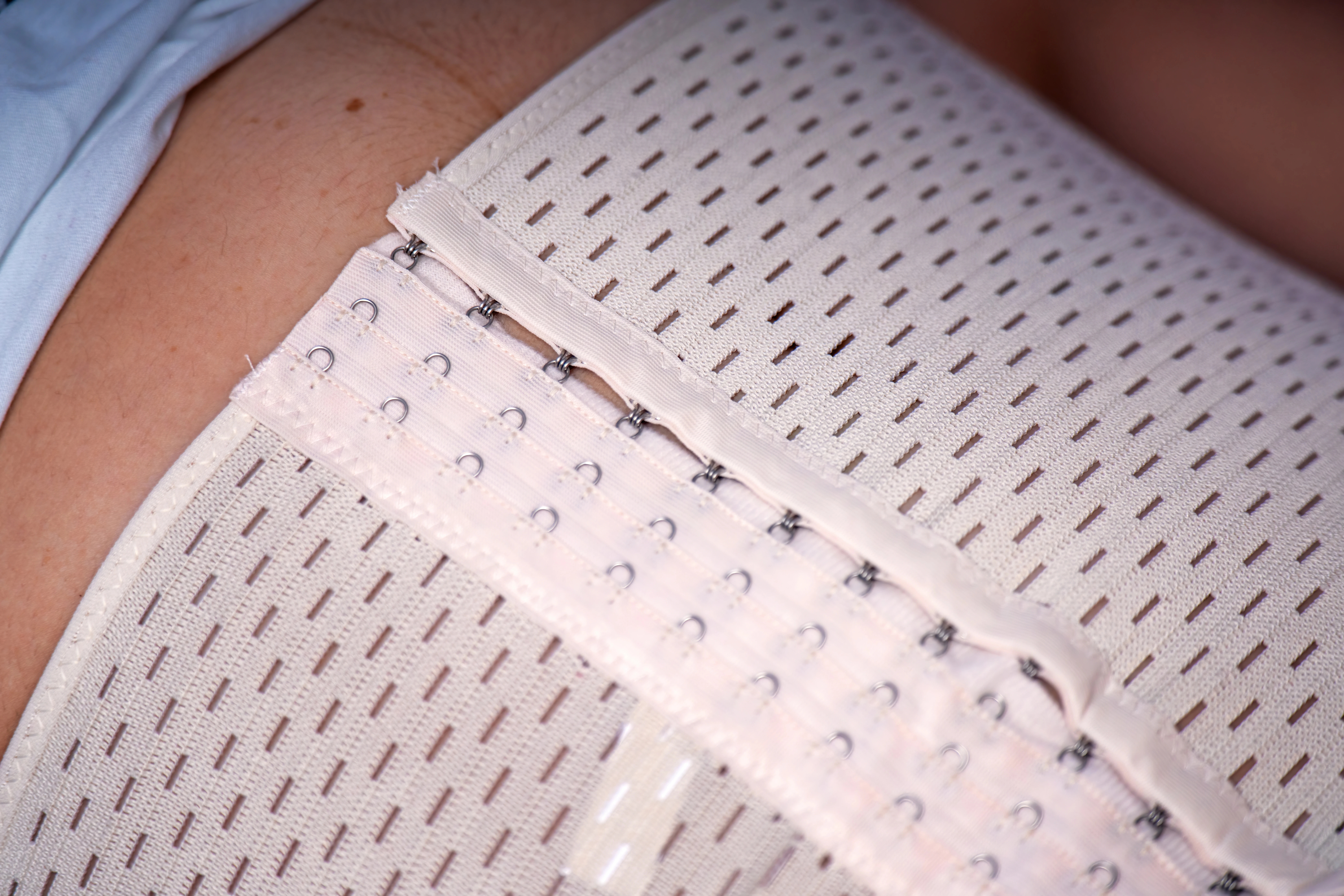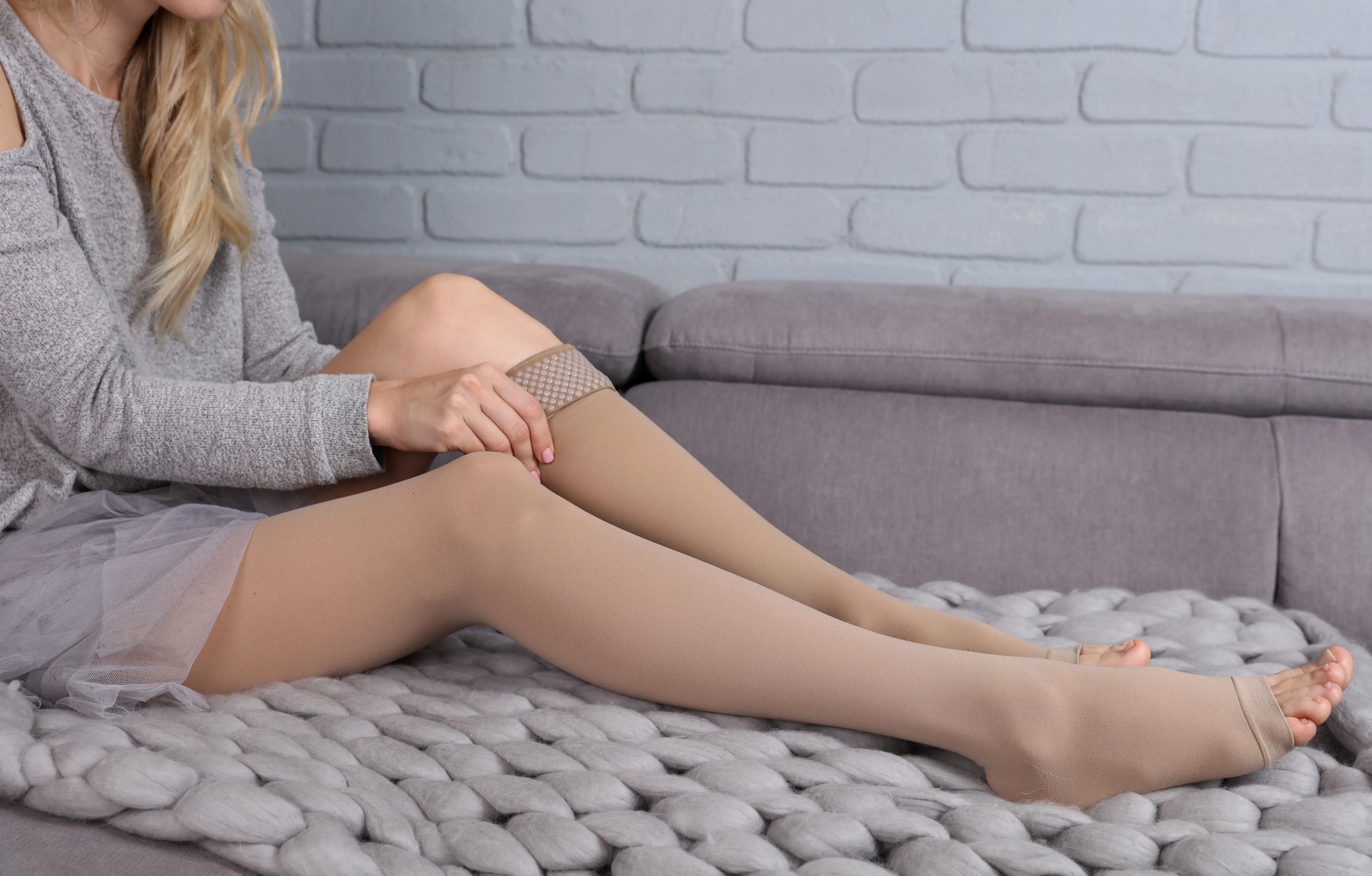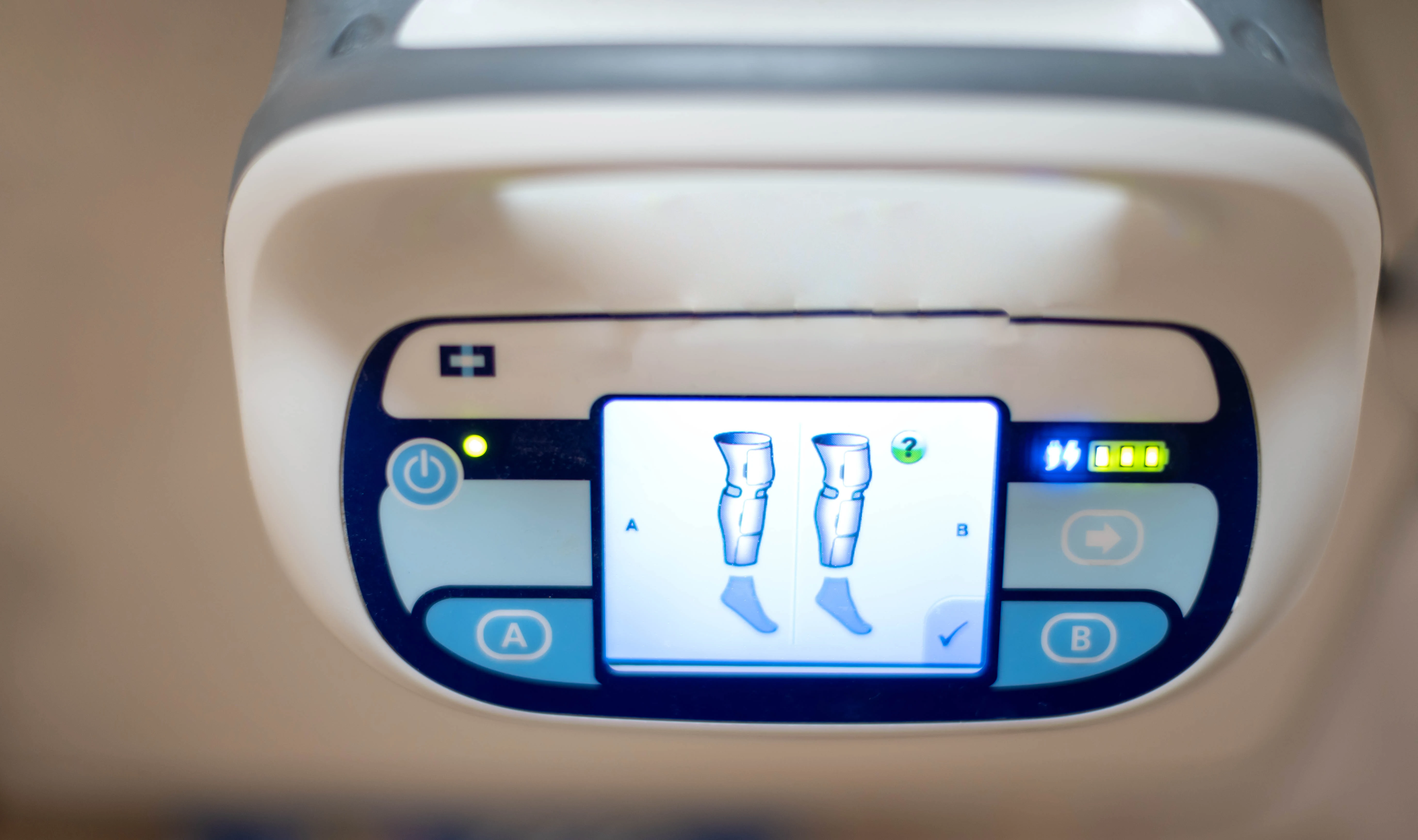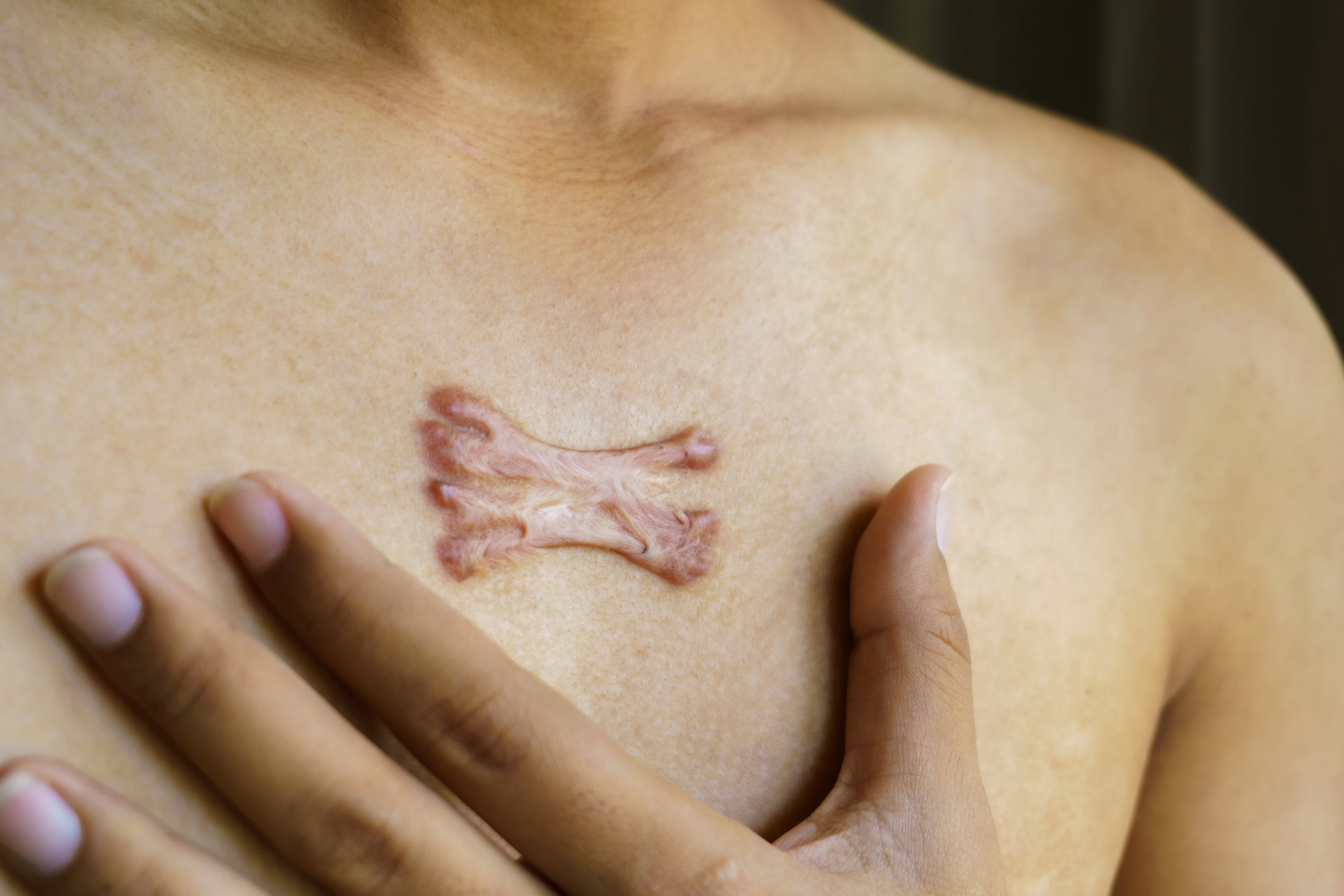Do You Really Need to Wear a Post-Op Abdominal Binder or Compression Garment?

After body contouring or abdominal surgery (like liposuction, tummy tuck, or fat transfer), patients often wonder: Do I really need to wear a compression garment or abdominal binder? Is it worth the cost?
As a plastic surgeon, I hear this all the time. Let’s break down the facts, evidence, and my own clinical experience to help you make an informed choice.
What Are Post-Op Binders and Compression Garments?
Post-op abdominal binders are wide elastic wraps that provide gentle, adjustable compression around the abdomen. Compression garments (like fajas or girdles) are fitted, structured clothing designed to provide consistent, even compression over larger areas and often tailored to specific surgeries (like Brazilian Butt Lift [BBL] garments with strategic areas of reduced compression).
Why Are They Recommended?
There are two big reasons surgeons may advise compression after surgery:
- To improve outcomes.
- To improve comfort and the recovery experience.
1. Impact on Outcomes
- Seromas and Hematomas: Compression can help reduce the space where fluid might collect (seromas) or reduce minor bleeding risk (hematomas). However, evidence here is mixed. Some studies suggest modest reductions in seroma rates with compression, while others show no significant difference. It’s not a guarantee.
- Edema (Swelling): Compression can help limit swelling after surgery, aiding lymphatic drainage. This is widely accepted clinically, though precise evidence varies.
- Contour and Skin Adherence: The idea is that compression may help the skin “redrape” smoothly onto underlying tissues. While often cited, this effect is also variable and not robustly proven in controlled studies.
- Potential Downsides: If a binder or garment is too tight, it can impair breathing, reduce blood return to the heart, and even increase clot risk if it prevents early movement due to discomfort. Balance is key.
Overall: The evidence shows compression may help with fluid control and swelling, but it is not essential in all cases.
2. Impact on Comfort and Recovery
This is where I see the biggest benefit in my practice.
- Pain Control: Several studies (including in abdominal surgery generally) suggest binders can improve pain scores post-op. Patients often feel more secure, especially when moving or coughing.
- Early Mobility: Compression can make patients feel safe enough to get up and walk around—critical for preventing blood clots and speeding recovery.
- Swelling Control: Patients often report that compression limits the heavy, tight, or swollen feeling in early recovery. This is similar to wearing compression sock when your standing all day.
- Holding Dressings in Place: This is an underappreciated benefit: compression can secure dressings without adhesives that can irritate sensitive skin.
- Sense of Support: Many patients dislike binders initially, but miss the support once they stop using them. It provides a “hug” feeling (think thunder jacket or weighted blanket) that can reduce discomfort during movement.
Are Expensive Fajas Worth It?
Not always. Here’s the breakdown:
- Abdominal binders: Generally inexpensive (~$20-50). Adjustable, easy to use, but bulkier and less “tailored.”
- Compression garments (fajas/girdles): $100–250+. More sizes, body-hugging fit, sometimes designed for specific procedures (like BBL garments with less compression over the buttocks).
Higher price often buys better fit, comfort, and durability—but you don’t have to spend top dollar. You can find solid mid-priced brands (e.g. Marena, IsavelaMD, AnaOno) that do a great job.
How Long Do You Need to Wear It?
This is highly variable and should be individualized:
- Typical recommendation: 2–6 weeks of daily wear depending on procedure.
- Some patients may reduce to part-time or discontinue sooner if cleared.
- Beyond 6 weeks: There is no evidence that “waist trainers” improve surgical results. At that point, any benefit is just cosmetic smoothing (like regular shapewear).
What Should You Ask Your Surgeon?
- Do you want me to wear a binder or garment?
- Why? (To reduce swelling? Support comfort? Help with dressings?)
- What type and brand do you recommend?
- For how long?
- How tight should it be? (Avoid over-tightening.)
My Take as a Plastic Surgeon
In my practice, I generally recommend compression because:
- Most patients feel better wearing it.
- It helps manage swelling and support incisions.
- It reduces pain for many.
But it’s not mandatory for everyone. I tailor my advice to the procedure and patient.
And you do not need to spend a fortune. Buy what is comfortable, safe, and suits your needs. It’s one tool among many to make your recovery smoother, not the magic bullet.
Final Thought
Compression can improve comfort and may help reduce minor complications, but it’s not essential in every case. Talk to your surgeon about what’s right for you—and don’t break the bank on fancy garments unless they truly add value to your recovery.
Our surgical and non-surgical treatment options
Ready to start your transformation?
Whether you’re just beginning to explore your options or have specific goals in mind, we’re here to guide you with expertise and compassion.

Read more articles

Do You Really Need to Wear a Post-Op Abdominal Binder or Compression Garment?
Wondering if you really need that post-op binder or compression garment? Learn what they actually do, the evidence behind them, how long to wear them, and how to choose one that fits your recovery needs and budget.

The 3 Most Important Parts of Recovery After Plastic Surgery
Learn the three most important parts of recovering safely after surgery: anesthesia safety, infection prevention, and bleeding or clotting management. Dr. Victoria Aimé explains what patients need to know before and after their procedure.

Why We Use SCDs for Blood Clot Prevention After Surgery
SCDs are a simple but powerful tool used during and after surgery to prevent blood clots. Learn how they work and why we send tummy tuck patients home with them.

Hypertrophic vs. Keloid Scars: What’s the Difference and How to Prevent Them
Not all scars are the same. Learn the key differences between hypertrophic and keloid scars, what puts you at risk, and how to prevent and treat abnormal scar formation after surgery or injury.
